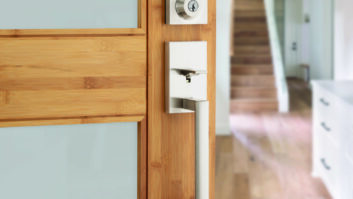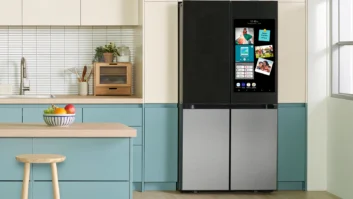 With vaccine rollouts underway, many leaders are planning to or have recently lifted COVID-19 restrictions. Thus, retailers can look forward to welcoming more customers back into their stores.
With vaccine rollouts underway, many leaders are planning to or have recently lifted COVID-19 restrictions. Thus, retailers can look forward to welcoming more customers back into their stores.
If you’re in that position, here are five things that customers will want to see before they’re comfortable giving you their business.
1. Contactless Payments
Retail analysts believe many of the new behaviors people adopted during the worst of the pandemic are here to stay. Choosing contactless payment options is one example. Some people started using that method for the first time during the pandemic, while others greatly increased their usage.
A 2021 global survey found that nearly half of respondents (47%) would not do business with stores that did not offer contactless payments. Additionally, 65% of people want to use contact-free methods at least as much as they do now, even once the pandemic ends. Only 16% of people polled want to return to their post-pandemic payment habits.
If you have not thought about offering contactless payment methods, now is an excellent time to start. Advertising the service in prominent places, such as on your shop door or website, could make people more willing to come inside.
2. Attractive Pricing
Creating a safe retail environment for people isn’t only about addressing their physical well-being. It also means helping them feel secure about spending money. COVID-19 thrust many households into uncertain circumstances, with some still acting cautiously with their finances.
According to consumer research conducted in 2020, 63% of respondents chose value for money as their key purchase driver. That finding strongly emphasizes the importance of convincing people you’ll provide the reasonable pricing and high-quality products they seek.
Experiment with offering a combination of consistently appealing prices on everyday items and short-term sales on things people may consider luxuries. Doing that makes individuals more willing to purchase immediately rather than waiting.
3. Evidence of Retailers Taking Safety Seriously
People became more concerned with safety while shopping during the pandemic. However, creating safe retail spaces made good business sense long before COVID-19 caused disruptions.
For example, Walmart gets sued between two and five times each day in the United States. Slip-and-fall incidents comprise many of the associated cases. Fortunately, doing relatively simple things like promptly mopping up spills and posting signage to warn people of slick surfaces can prevent accidents.
Even as COVID-19 cases decline in many parts of the country, people still want to see that retailers prioritize keeping them safe from the virus. That may mean installing more hand-sanitizing stations, wiping down carts as consumers return them, and requiring mask usage. Installing signs throughout your store can remind people and raise compliance levels.
4. Straightforward Returns Processes
The pandemic made many people extra-aware of germs and transmission methods. Some realized that activities they didn’t think twice about doing before could make them sick.
Survey data published in January 2021 revealed that people still feel nervous about testing and trying on products in stores. More specifically, 71% felt unsafe that way regarding beauty products. Plus, 62% and 60% of people hesitated to use dressing rooms or try on shoes in stores, respectively.
Think about how you could make it simple for people to return or exchange things that don’t work for them. That way, most should feel more comfortable going with their best guesses about what to buy, then trying the purchases after the fact. Clarify any timelines or exceptions so people have the information they need to return stuff without hassles.
5. Helpful and Proactive Employees
Your workers play significant roles in helping people feel eager to return to in-store shopping. Spend adequate time training them to maintain a supportive environment for consumers and convey that safety is an utmost concern.
For example, it’s counterproductive to post store safety rules without enforcing them. Teach employees the steps to follow when shoppers openly disregard protocols and don’t respond to corrective reminders.
Realize, too, that many people may initially feel overwhelmed about coming back into stores. Consider the example of a 90-year-old immunocompromised person that ceased all their in-person visits once the pandemic began. Returning to shops after more than a year might cause a sensory overload that attentive and caring staff members could ease.
Show Customers That Safety Matters
There’s no all-encompassing way to convince customers you’ve thought about how to keep them safe as they shop. However, focusing on the items listed here will get you off to a strong start.
It’s also useful to gather customer feedback throughout your reopening process. Some people will undoubtedly have suggestions you hadn’t thought of before. When consumers see that you listen and respond to their needs, they’ll be more likely to stay loyal.
Devin Partida is a technology writer and blogger. She is the Editor-in-Chief at ReHack.com, where she covers consumer electronics, apps and tech trends.
See also: 5 Technologies Consumers Embraced As A Result Of COVID-19













